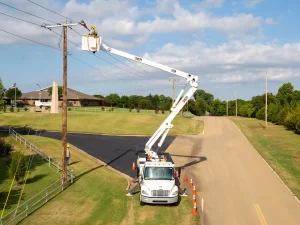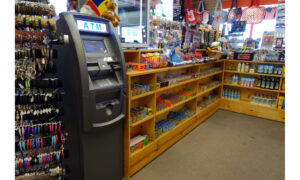Tactile paving was invented in Japan by the creator of Braille, Seichi Miyake, in the 1960s. The innovative technology was used for the first time ever at a crosswalk near a school for the visually impaired in Okayama, Japan. It was soon after adopted throughout the country of Japan at crosswalks and throughout railway systems. Tactile pavement was adopted in the USA as a public safety measure by the1980s where it was made popular by, ADA, the Americas with Disabilities Act, ensuring that all Americans find their path accessible. The paving techniques include molded paneling, surface indicating texture, and warning plates used for street crossing mechanisms and other transportation platforms that get heavy foot traffic. Most people are familiar with it in the form of a bumpy and gridded cement pattern on the ground before cross walks and other entrances and exits. It is easily recognizable and felt under foot traffic, wheelchairs, scooters and canes. Another place people are familiar with, but in a slightly different form, are plates of long narrow rows of bars to help safely guide visually challenged pedestrians on a certain public route. In the early stages, hazard guides were primarily made of concrete, but later they were cast from a number of different materials, such as ceramic, iron, polyurethane, and steel.
Educational buildings and surrounding high traffic areas can benefit greatly from the use of tactile pavement. It is becoming more and more unacceptable for public institutions to not be accessible to all types of differently-abled people. Tactile pavement can help visually impaired students be more self-sufficient and confident, resulting in a better and safer education. Governments have a responsibility to cater to all people. Making public spaces safe for the visually impaired should be a top priority. Libraries, courthouses, and other buildings which count as public property need to, by law, be accessible to all. This safety measure has avoided millions of dollars in injury and death lawsuits as well as spared needless pain and suffering to injury and accident. Tactile pavement saves money and lives. It is a sad fact that many crosswalk entrances across America are still un-textured for the visually impaired. Like public buildings, cross walks and other hazardous entrance platforms should be made as safe as possible for the legally blind. This has as much to do with traffic safety as pedestrian safety. Keeping intersections open and safe benefits everyone. Private companies also have to worry about keeping people safe and avoiding lawsuits, as well as being generally socially responsible. In short, tactile pavement benefits everyone.




